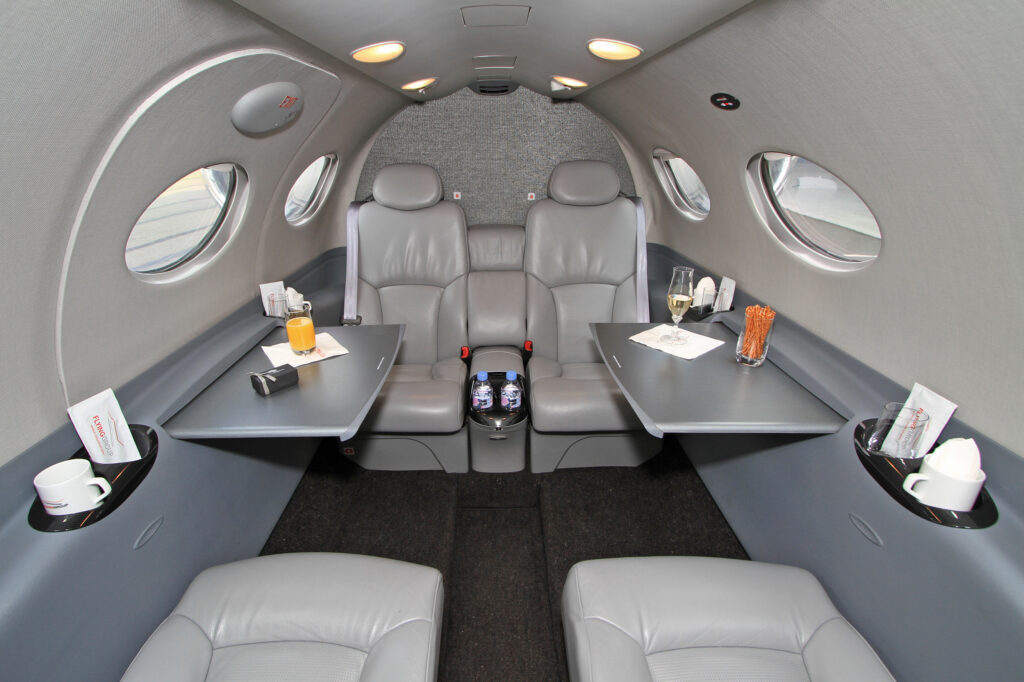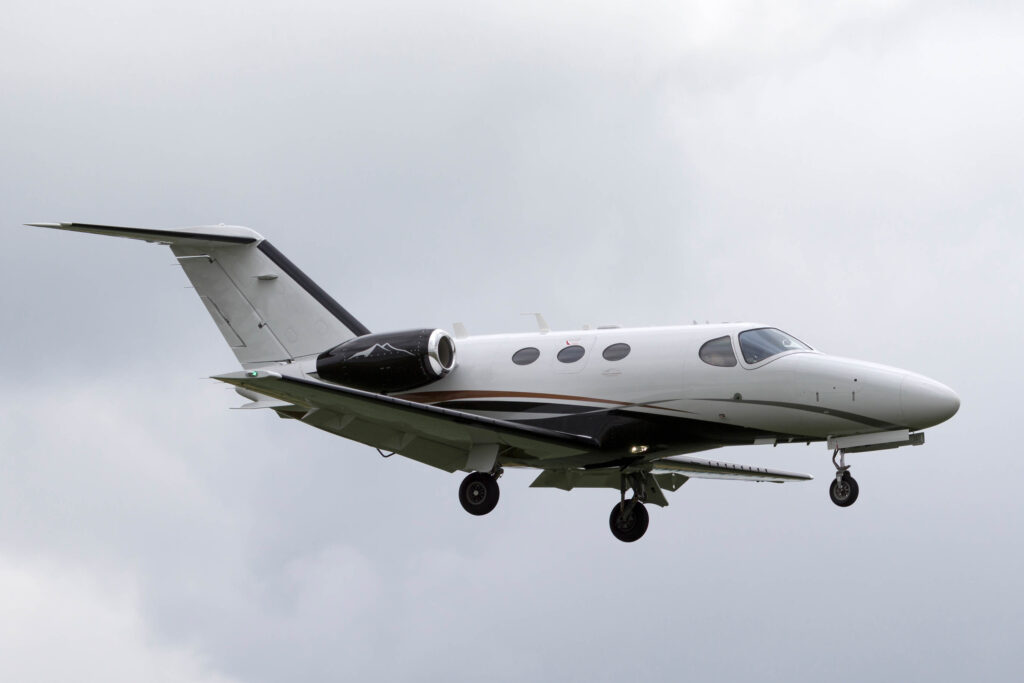In the world of private aviation, the holds a unique and revered position. Since its introduction in 2006, the Mustang has been celebrated for its blend of affordability, performance, and reliability. It has played a pivotal role in democratizing private jet travel, making it accessible to a broader range of owners and operators. As a private aviation professional, I’ve seen firsthand the profound impact this light jet has had on the industry. Here’s an exploration of why the Cessna Citation Mustang remains a cherished aircraft and how it continues to leave an indelible mark on aviation.
The Genesis of the Mustang
The Cessna Citation Mustang was born out of a vision to create an entry-level jet that could provide the advantages of jet performance at a fraction of the cost of larger business jets. This vision was realized with the Mustang, which offered the benefits of private jet travel—speed, range, and convenience—while being more affordable and easier to operate.
Compact Yet Capable
One of the standout features of the Mustang is its compact size, which belies its impressive capabilities. With a wingspan of just over 43 feet and a length of 40 feet 7 inches, the Mustang is designed to operate from smaller airports with shorter runways. This flexibility opens up a vast array of destinations that larger jets cannot access, providing a significant advantage for business and leisure travelers seeking to reach remote locations or avoid congested major airports.
The Mustang is powered by two Pratt & Whitney Canada PW615F turbofan engines, each producing 1,460 pounds of thrust. This power enables the jet to achieve a maximum cruise speed of 340 knots (391 mph) and a range of approximately 1,150 nautical miles. These performance metrics allow the Mustang to handle regional travel with ease, making it ideal for trips such as New York to Miami or Los Angeles to Denver.
A Cabin Designed for Comfort
Despite its compact exterior, the Mustang’s cabin is thoughtfully designed to maximize comfort and functionality. The aircraft can comfortably accommodate four passengers in a club seating arrangement, with an additional belted toilet seat available if needed. The seats are upholstered in high-quality leather, providing a luxurious touch that enhances the overall travel experience.
The cabin, measuring 9 feet 9 inches in length, 4 feet 7 inches in height, and 4 feet 6 inches in width, offers sufficient space for passengers to relax and enjoy the flight. Large windows provide ample natural light, creating an airy and open atmosphere. Additionally, the Mustang’s advanced soundproofing minimizes cabin noise, ensuring a quiet and peaceful journey.
Cutting-Edge Avionics
The Mustang was the first Citation to feature the Garmin G1000 avionics suite, a state-of-the-art system that has become synonymous with ease of use and advanced capabilities. The G1000 integrates all essential flight information onto large, high-resolution displays, providing pilots with comprehensive situational awareness. This includes primary flight data, navigation, communication, weather, and traffic information.
The intuitive design of the G1000 reduces pilot workload and enhances safety, making the Mustang accessible to owner-pilots who may have less experience with more complex systems. Features such as Synthetic Vision Technology (SVT), Terrain Awareness and Warning System (TAWS), and Traffic Collision Avoidance System (TCAS) further contribute to the aircraft’s safety and reliability.
Operational Efficiency
One of the primary reasons for the Mustang’s enduring popularity is its operational efficiency. The jet’s fuel-efficient engines and aerodynamic design result in lower operating costs compared to many other light jets. This efficiency makes the Mustang an attractive option for both individual owners and charter operators, who can offer competitive pricing to their clients without sacrificing performance or comfort.
Maintenance and support are also streamlined, thanks to Cessna’s extensive service network. The aircraft’s straightforward design and the availability of parts and service centers worldwide ensure that maintenance is manageable and downtime is minimized. This reliability and ease of ownership contribute to the Mustang’s appeal as a practical and cost-effective choice in the light jet market.
Democratizing Private Jet Travel
Perhaps the most significant impact of the Cessna Citation Mustang is its role in democratizing private jet travel. By offering a jet that is both affordable and capable, Cessna opened the doors to private aviation for a new segment of buyers. Entrepreneurs, small business owners, and first-time jet buyers found in the Mustang a viable entry point into the world of jet ownership.
This democratization extends to the charter market as well. The Mustang’s affordability and efficiency allow charter operators to provide private jet services at lower prices, making private air travel accessible to a broader audience. This shift has had a ripple effect across the industry, increasing demand for private jet services and encouraging further innovation and competition.
The Mustang’s Legacy
As we look to the future, the Cessna Citation Mustang’s legacy is secure. It has set a benchmark for what an entry-level jet can achieve, influencing the design and development of subsequent aircraft in the light jet category. Its blend of performance, comfort, and affordability continues to inspire new generations of jets, ensuring that the principles it introduced remain central to private aviation.
For owners and operators, the Mustang represents more than just a mode of transport; it symbolizes freedom, efficiency, and the ability to seize opportunities without being constrained by the limitations of commercial air travel. Its impact on the private aviation landscape is profound, and its contributions to making jet travel more accessible and practical are enduring.

The is a testament to the power of innovation and vision in aviation. Its introduction revolutionized the light jet market, providing an accessible and capable option for a wide range of travelers. As a private aviation professional, I have seen how the Mustang’s blend of performance, comfort, and efficiency has made it a beloved aircraft, ensuring its place as a cornerstone in the legacy of private aviation. Small in size but mighty in impact, the Citation Mustang remains a shining example of how thoughtful design and engineering can transform an industry.




